HSBC 2011 Annual Report Download - page 135
Download and view the complete annual report
Please find page 135 of the 2011 HSBC annual report below. You can navigate through the pages in the report by either clicking on the pages listed below, or by using the keyword search tool below to find specific information within the annual report.-
 1
1 -
 2
2 -
 3
3 -
 4
4 -
 5
5 -
 6
6 -
 7
7 -
 8
8 -
 9
9 -
 10
10 -
 11
11 -
 12
12 -
 13
13 -
 14
14 -
 15
15 -
 16
16 -
 17
17 -
 18
18 -
 19
19 -
 20
20 -
 21
21 -
 22
22 -
 23
23 -
 24
24 -
 25
25 -
 26
26 -
 27
27 -
 28
28 -
 29
29 -
 30
30 -
 31
31 -
 32
32 -
 33
33 -
 34
34 -
 35
35 -
 36
36 -
 37
37 -
 38
38 -
 39
39 -
 40
40 -
 41
41 -
 42
42 -
 43
43 -
 44
44 -
 45
45 -
 46
46 -
 47
47 -
 48
48 -
 49
49 -
 50
50 -
 51
51 -
 52
52 -
 53
53 -
 54
54 -
 55
55 -
 56
56 -
 57
57 -
 58
58 -
 59
59 -
 60
60 -
 61
61 -
 62
62 -
 63
63 -
 64
64 -
 65
65 -
 66
66 -
 67
67 -
 68
68 -
 69
69 -
 70
70 -
 71
71 -
 72
72 -
 73
73 -
 74
74 -
 75
75 -
 76
76 -
 77
77 -
 78
78 -
 79
79 -
 80
80 -
 81
81 -
 82
82 -
 83
83 -
 84
84 -
 85
85 -
 86
86 -
 87
87 -
 88
88 -
 89
89 -
 90
90 -
 91
91 -
 92
92 -
 93
93 -
 94
94 -
 95
95 -
 96
96 -
 97
97 -
 98
98 -
 99
99 -
 100
100 -
 101
101 -
 102
102 -
 103
103 -
 104
104 -
 105
105 -
 106
106 -
 107
107 -
 108
108 -
 109
109 -
 110
110 -
 111
111 -
 112
112 -
 113
113 -
 114
114 -
 115
115 -
 116
116 -
 117
117 -
 118
118 -
 119
119 -
 120
120 -
 121
121 -
 122
122 -
 123
123 -
 124
124 -
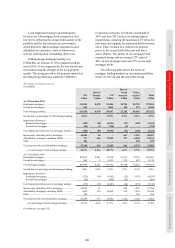 125
125 -
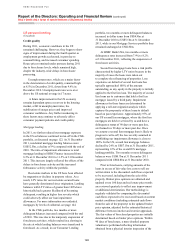 126
126 -
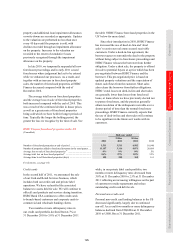 127
127 -
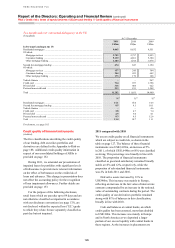 128
128 -
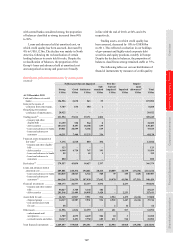 129
129 -
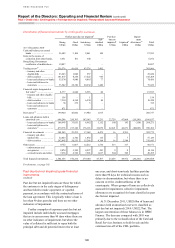 130
130 -
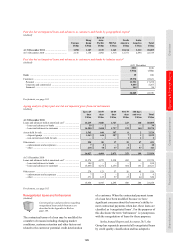 131
131 -
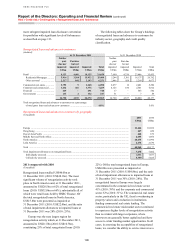 132
132 -
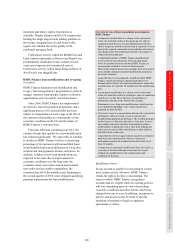 133
133 -
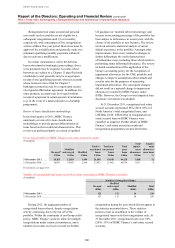 134
134 -
 135
135 -
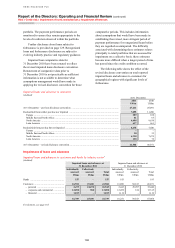 136
136 -
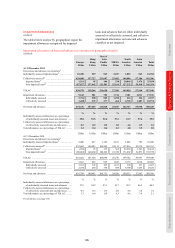 137
137 -
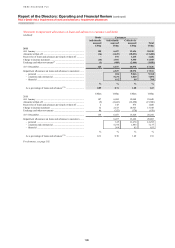 138
138 -
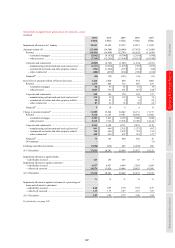 139
139 -
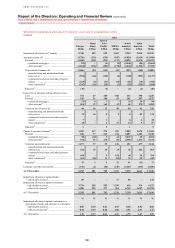 140
140 -
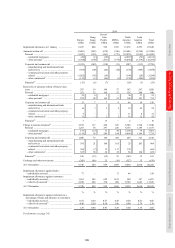 141
141 -
 142
142 -
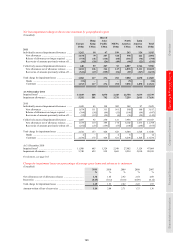 143
143 -
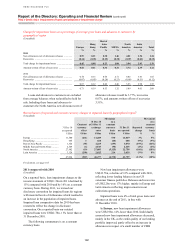 144
144 -
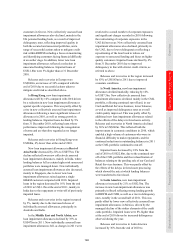 145
145 -
 146
146 -
 147
147 -
 148
148 -
 149
149 -
 150
150 -
 151
151 -
 152
152 -
 153
153 -
 154
154 -
 155
155 -
 156
156 -
 157
157 -
 158
158 -
 159
159 -
 160
160 -
 161
161 -
 162
162 -
 163
163 -
 164
164 -
 165
165 -
 166
166 -
 167
167 -
 168
168 -
 169
169 -
 170
170 -
 171
171 -
 172
172 -
 173
173 -
 174
174 -
 175
175 -
 176
176 -
 177
177 -
 178
178 -
 179
179 -
 180
180 -
 181
181 -
 182
182 -
 183
183 -
 184
184 -
 185
185 -
 186
186 -
 187
187 -
 188
188 -
 189
189 -
 190
190 -
 191
191 -
 192
192 -
 193
193 -
 194
194 -
 195
195 -
 196
196 -
 197
197 -
 198
198 -
 199
199 -
 200
200 -
 201
201 -
 202
202 -
 203
203 -
 204
204 -
 205
205 -
 206
206 -
 207
207 -
 208
208 -
 209
209 -
 210
210 -
 211
211 -
 212
212 -
 213
213 -
 214
214 -
 215
215 -
 216
216 -
 217
217 -
 218
218 -
 219
219 -
 220
220 -
 221
221 -
 222
222 -
 223
223 -
 224
224 -
 225
225 -
 226
226 -
 227
227 -
 228
228 -
 229
229 -
 230
230 -
 231
231 -
 232
232 -
 233
233 -
 234
234 -
 235
235 -
 236
236 -
 237
237 -
 238
238 -
 239
239 -
 240
240 -
 241
241 -
 242
242 -
 243
243 -
 244
244 -
 245
245 -
 246
246 -
 247
247 -
 248
248 -
 249
249 -
 250
250 -
 251
251 -
 252
252 -
 253
253 -
 254
254 -
 255
255 -
 256
256 -
 257
257 -
 258
258 -
 259
259 -
 260
260 -
 261
261 -
 262
262 -
 263
263 -
 264
264 -
 265
265 -
 266
266 -
 267
267 -
 268
268 -
 269
269 -
 270
270 -
 271
271 -
 272
272 -
 273
273 -
 274
274 -
 275
275 -
 276
276 -
 277
277 -
 278
278 -
 279
279 -
 280
280 -
 281
281 -
 282
282 -
 283
283 -
 284
284 -
 285
285 -
 286
286 -
 287
287 -
 288
288 -
 289
289 -
 290
290 -
 291
291 -
 292
292 -
 293
293 -
 294
294 -
 295
295 -
 296
296 -
 297
297 -
 298
298 -
 299
299 -
 300
300 -
 301
301 -
 302
302 -
 303
303 -
 304
304 -
 305
305 -
 306
306 -
 307
307 -
 308
308 -
 309
309 -
 310
310 -
 311
311 -
 312
312 -
 313
313 -
 314
314 -
 315
315 -
 316
316 -
 317
317 -
 318
318 -
 319
319 -
 320
320 -
 321
321 -
 322
322 -
 323
323 -
 324
324 -
 325
325 -
 326
326 -
 327
327 -
 328
328 -
 329
329 -
 330
330 -
 331
331 -
 332
332 -
 333
333 -
 334
334 -
 335
335 -
 336
336 -
 337
337 -
 338
338 -
 339
339 -
 340
340 -
 341
341 -
 342
342 -
 343
343 -
 344
344 -
 345
345 -
 346
346 -
 347
347 -
 348
348 -
 349
349 -
 350
350 -
 351
351 -
 352
352 -
 353
353 -
 354
354 -
 355
355 -
 356
356 -
 357
357 -
 358
358 -
 359
359 -
 360
360 -
 361
361 -
 362
362 -
 363
363 -
 364
364 -
 365
365 -
 366
366 -
 367
367 -
 368
368 -
 369
369 -
 370
370 -
 371
371 -
 372
372 -
 373
373 -
 374
374 -
 375
375 -
 376
376 -
 377
377 -
 378
378 -
 379
379 -
 380
380 -
 381
381 -
 382
382 -
 383
383 -
 384
384 -
 385
385 -
 386
386 -
 387
387 -
 388
388 -
 389
389 -
 390
390 -
 391
391 -
 392
392 -
 393
393 -
 394
394 -
 395
395 -
 396
396 -
 397
397 -
 398
398 -
 399
399 -
 400
400 -
 401
401 -
 402
402 -
 403
403 -
 404
404 -
 405
405 -
 406
406 -
 407
407 -
 408
408 -
 409
409 -
 410
410 -
 411
411 -
 412
412 -
 413
413 -
 414
414 -
 415
415 -
 416
416 -
 417
417 -
 418
418 -
 419
419 -
 420
420 -
 421
421 -
 422
422 -
 423
423 -
 424
424 -
 425
425 -
 426
426 -
 427
427 -
 428
428 -
 429
429 -
 430
430 -
 431
431 -
 432
432 -
 433
433 -
 434
434 -
 435
435 -
 436
436 -
 437
437 -
 438
438 -
 439
439 -
 440
440
 |
 |

133
Overview Operating & Financial Review Corporate Governance Financial Statements Shareholder Information
Corporate and Commercial forbearance
(Unaudited)
For the current policies and procedures
regarding forbearance in the corporate and
commercial sector, see the Appendix to Risk
on page 188.
The majority of the increase in renegotiated loans
activity for the commercial real estate sector in 2011
arose in Europe, which increased by US$617m. This
increase predominately related to the renegotiation
of a large exposure together with high levels of
forbearance in the UK towards the end of 2011
reflecting current economic conditions, including a
weakening in property values and a reduction in
institutions funding commercial real estate lending.
In the corporate and commercial sector the
increase in renegotiated loans in 2011 was again a
result of increased forbearance activity in Europe.
The increase related to renegotiations of a small
number of larger lending arrangements provided to
European corporate entities and economic pressures
in Europe more generally. This was partially offset
by repayments and write-offs of renegotiated loans
in Europe, Rest of Asia-Pacific and Latin America.
In the financial sector the increase in
renegotiated loans in 2011 primarily related to
financial difficulties in one financial sector entity. In
the government sector renegotiation activity was
wholly due to increases in Latin America caused by
term extension restructurings of municipal and local
authority facilities.
Impaired loans disclosure
(Audited)
During 2011 we adopted a revised disclosure
convention for the presentation of impaired loans
and advances which affects the disclosure of loans
and advances in the geographical regions with
significant levels of forbearance activity. The
previous impaired loan disclosure convention was
that impaired loans and advances were those
classified as CRR9, CRR10, EL9 or EL10 and all
retail loans 90 days or more past due, unless
individually they had been assessed as not impaired.
Renegotiated loans that did not meet the above
criteria were classified as ‘neither past due nor
impaired’ or ‘past due but not impaired’ as
appropriate, however these loans were assessed for
impairment in accordance with the Group’s
accounting policy on the recognition of impairment
allowances, as described on page 193.
The revised disclosure convention continues to
be based on internal credit rating grades and, for
retail exposures, 90 days or more past due status.
However, it introduces a more stringent approach to
the assessment of whether renegotiated loans are
presented as impaired. Management believes that
this revised approach better reflects the nature of
risks and inherent credit quality in our loan portfolio
as it is more closely calibrated to the types of
forbearance concession granted and applies stricter
requirements for the performance of renegotiated
loans before they may be presented as no longer
impaired. It also reflects developments in industry
best practice disclosure, as well as a refinement of
loan segmentation in our North America consumer
lending business. The revised disclosure convention
affects the disclosure presentation of impaired loans
but does not affect the accounting policy for the
recognition of impairment allowances.
Under this revised disclosure convention,
impaired loans and advances are those that meet any
of the following criteria:
• loans and advances classified as CRR 9, CRR
10, EL 9 or EL 10 (a description of our internal
credit rating grades is provided on page 191);
• retail exposures 90 days or more past due,
unless individually they have been assessed as
not impaired; or
• renegotiated loans and advances that have been
subject to a change in contractual cash flows as
a result of a concession which the lender would
not otherwise consider, and where it is probable
that without the concession the borrower would
be unable to meet its contractual payment
obligations in full, unless the concession is
insignificant and there are no other indicators
of impairment. Renegotiated loans remain
classified as impaired until there is sufficient
evidence to demonstrate a significant reduction
in the risk of non-payment of future cash flows,
and there are no other indicators of impairment.
For loans that are assessed for impairment on
a collective basis, the evidence to support
reclassification as no longer impaired typically
comprises a history of payment performance against
the original or revised terms, depending on the
nature and volume of forbearance and the credit risk
characteristics surrounding the renegotiation. For
loans that are assessed for impairment on an
individual basis, all available evidence is assessed on
a case by case basis.
In HSBC Finance, where a significant majority
of HSBC’s loan forbearance activity occurs, the
demonstrated history of payment performance is
with reference to the original terms of the contract,
reflecting the higher credit risk characteristics of this
